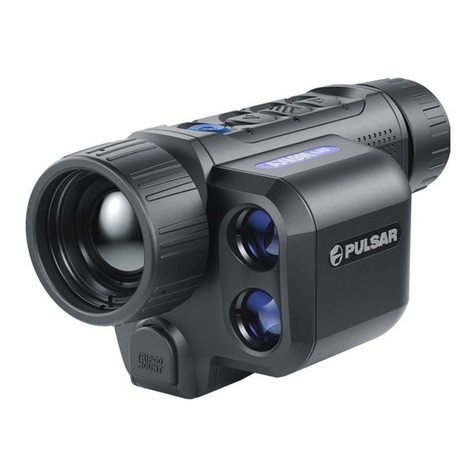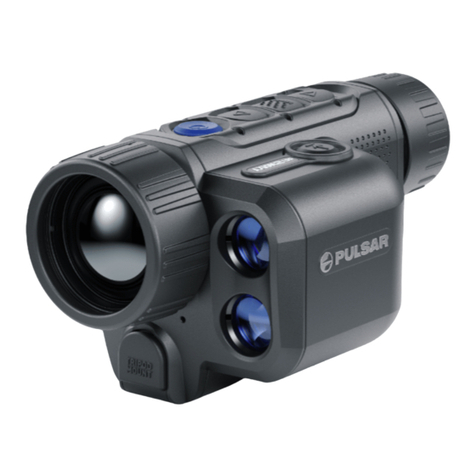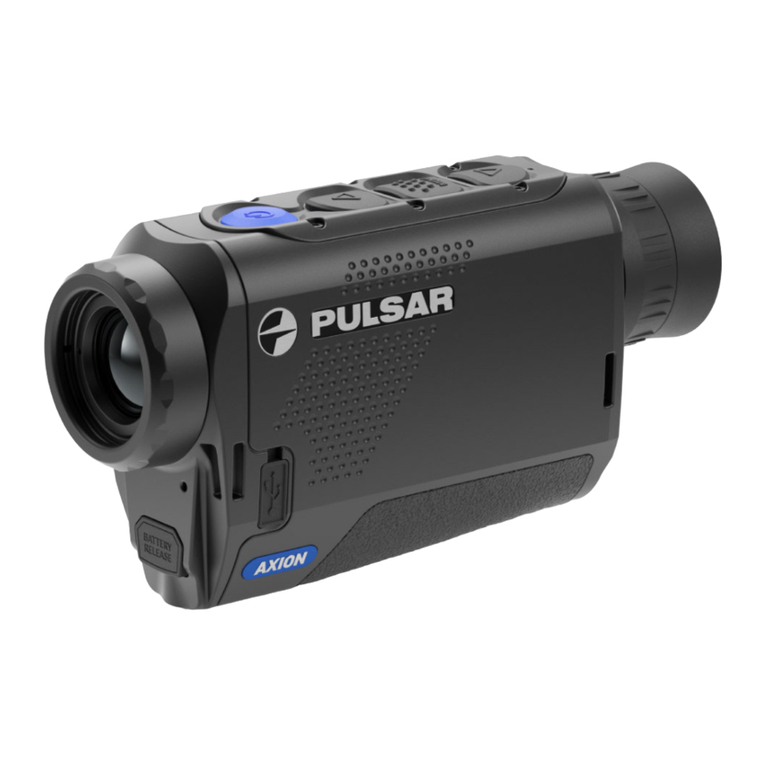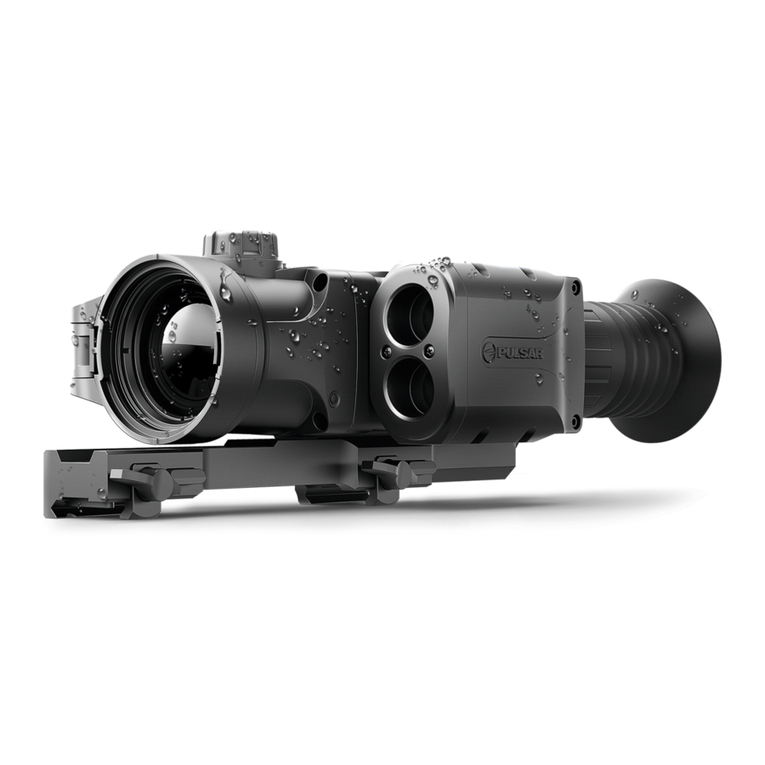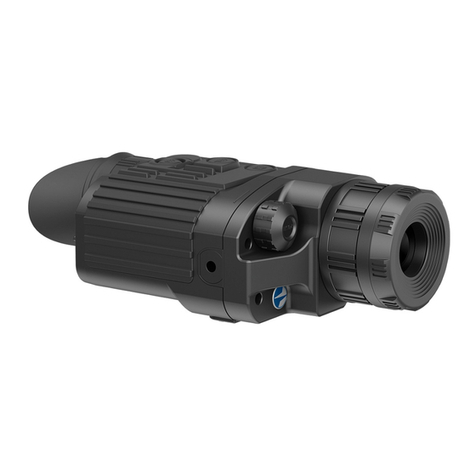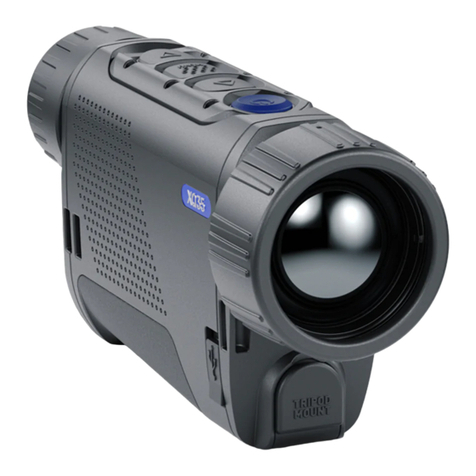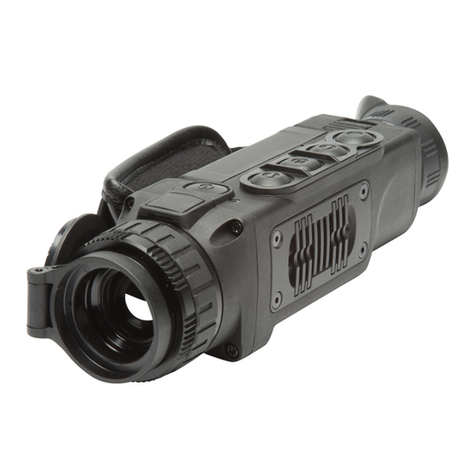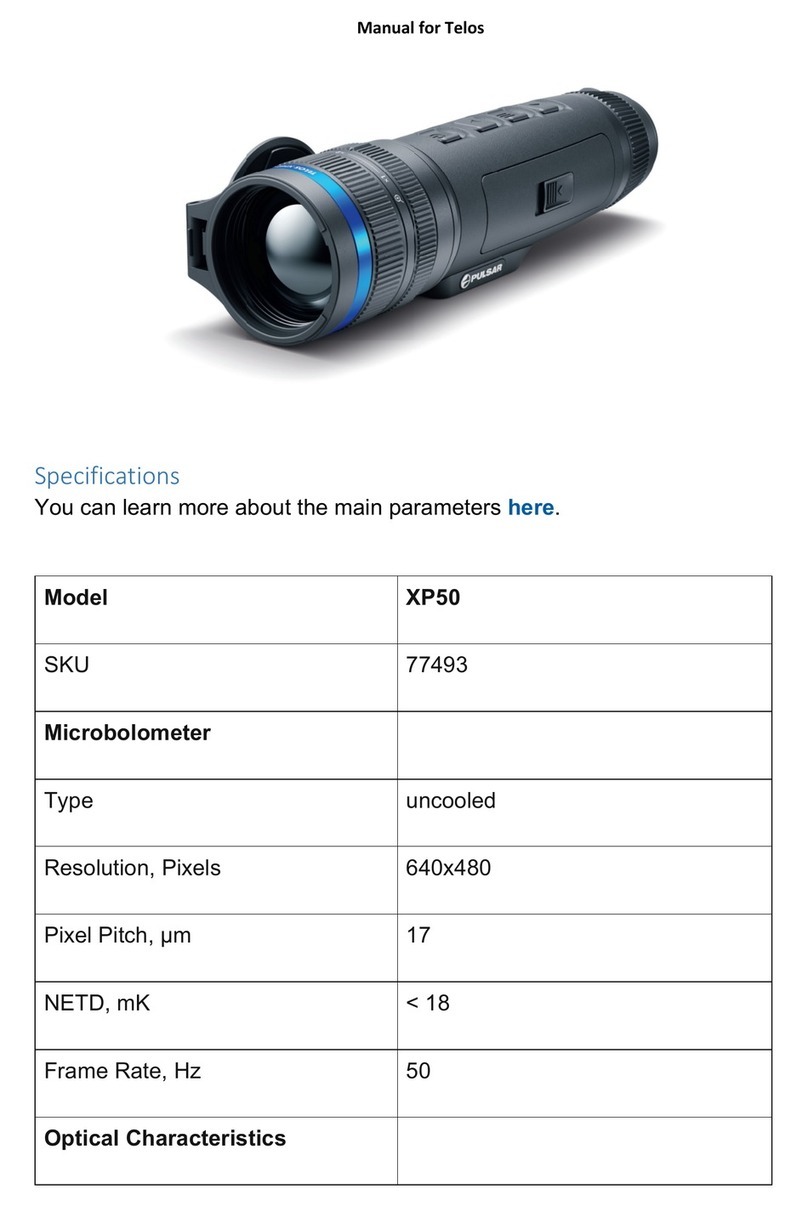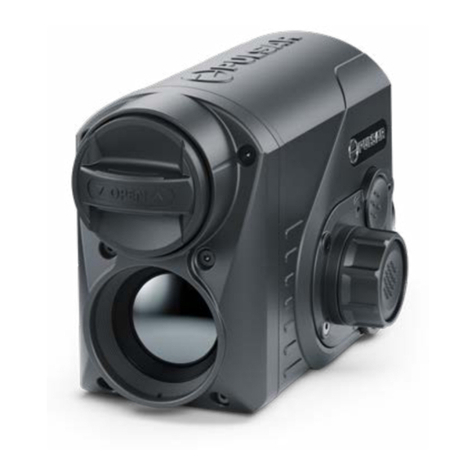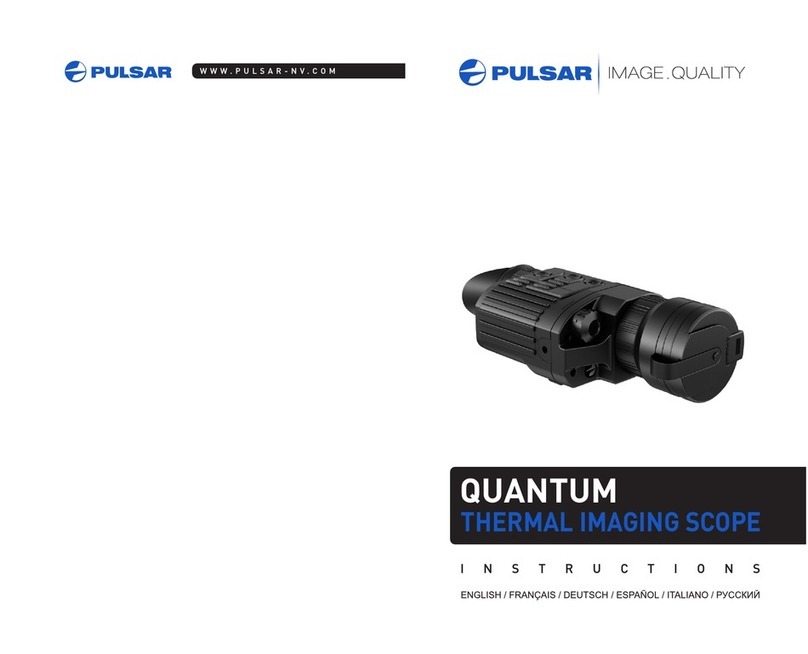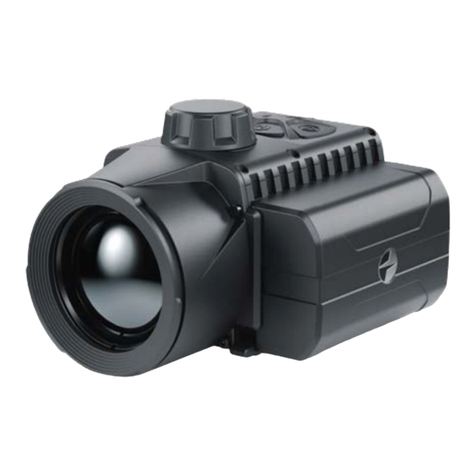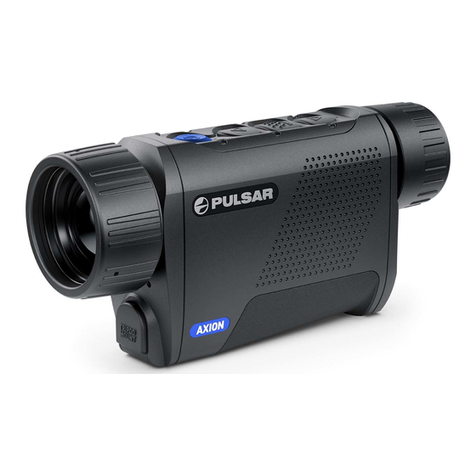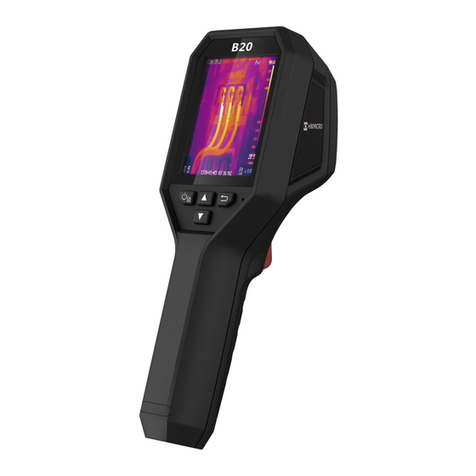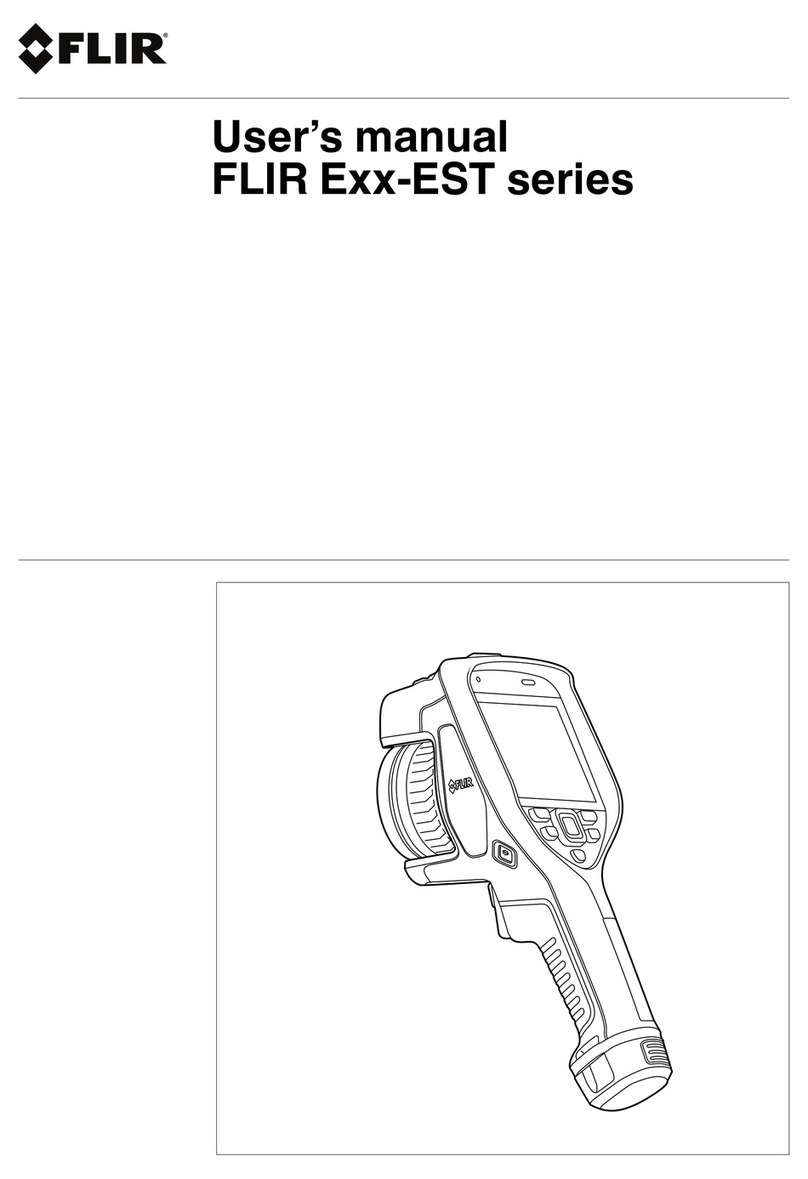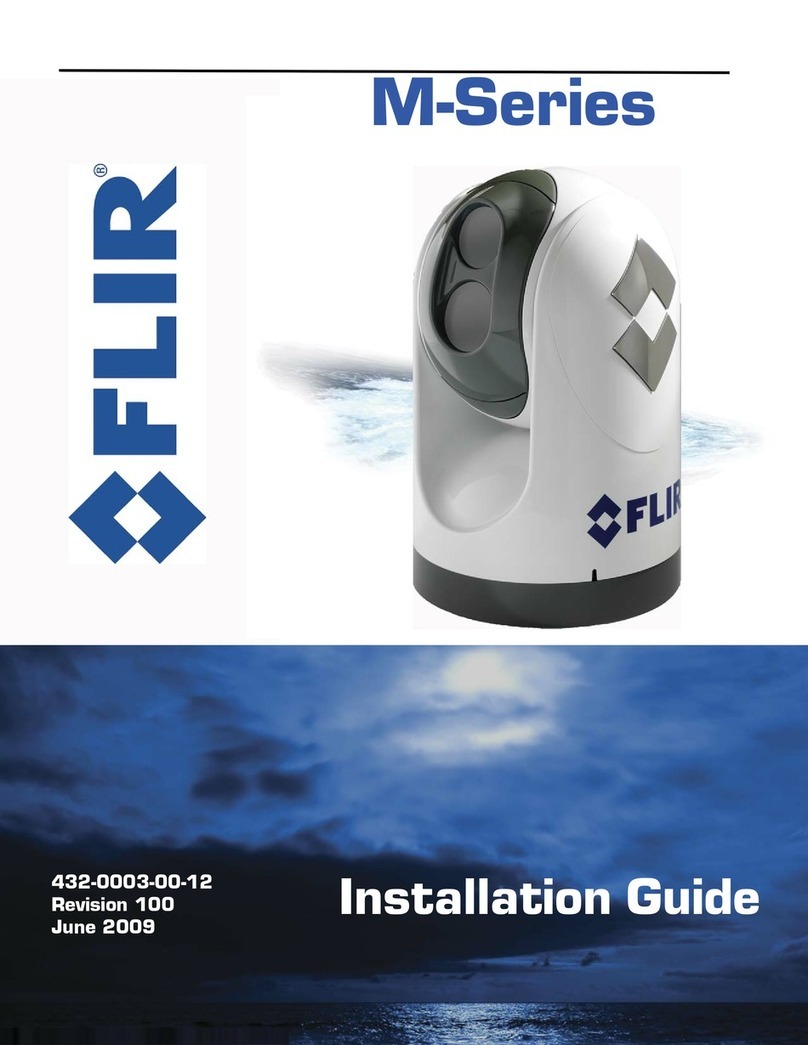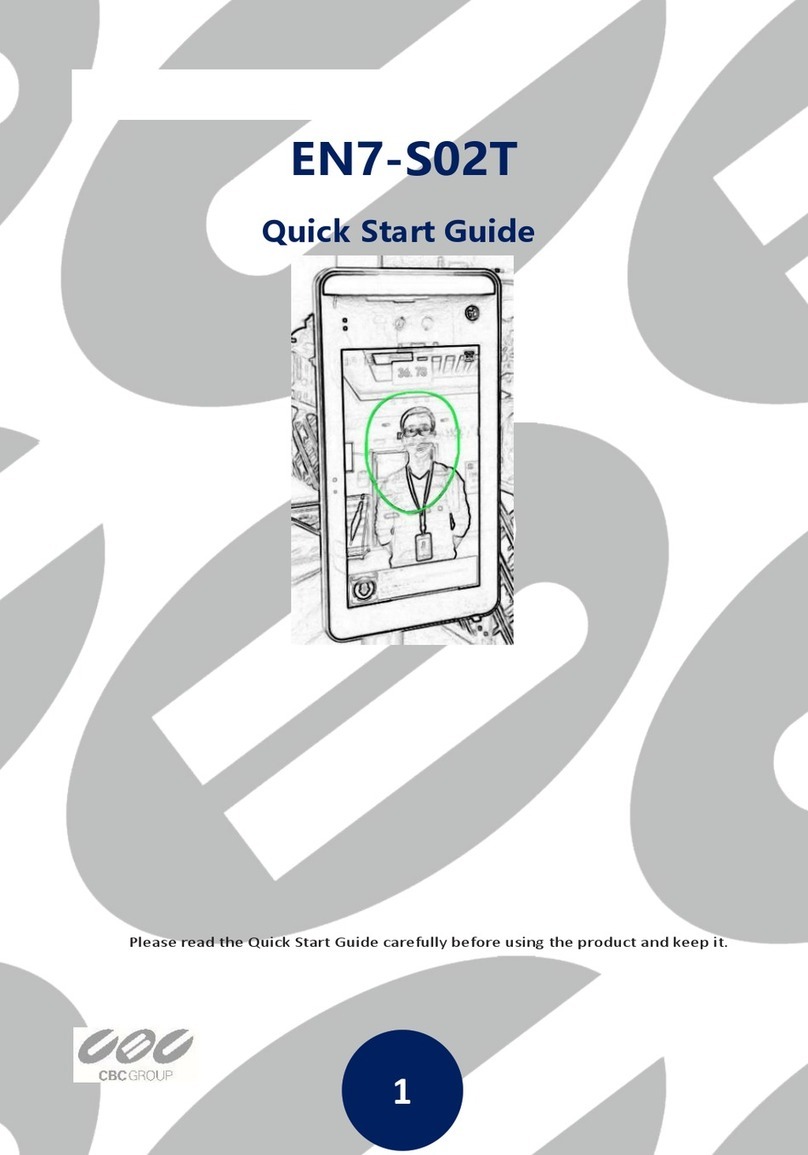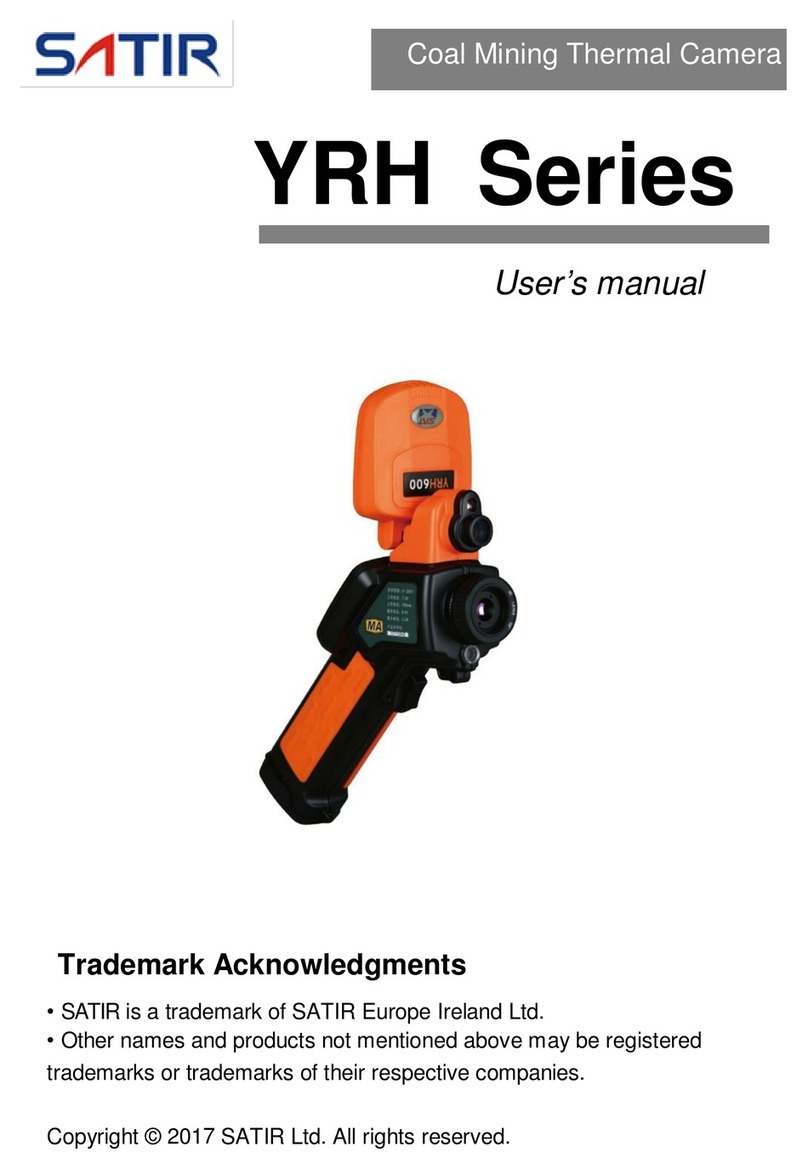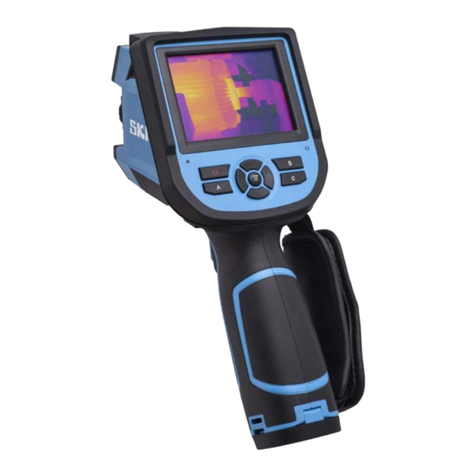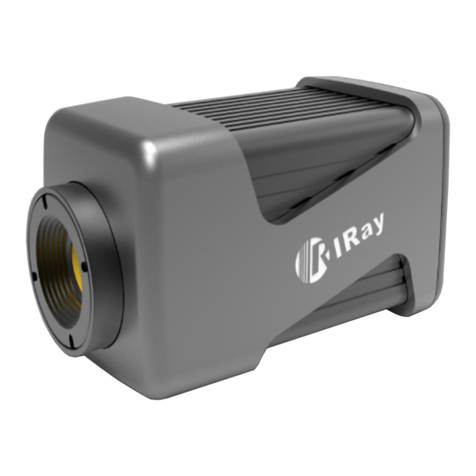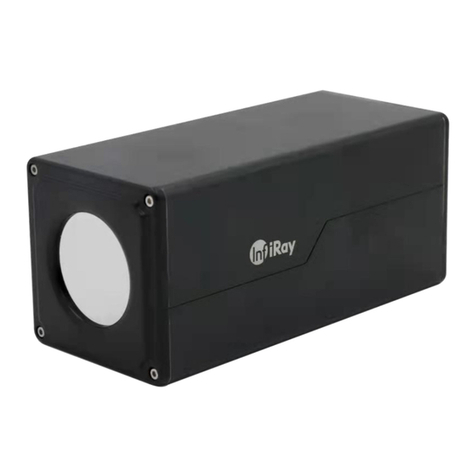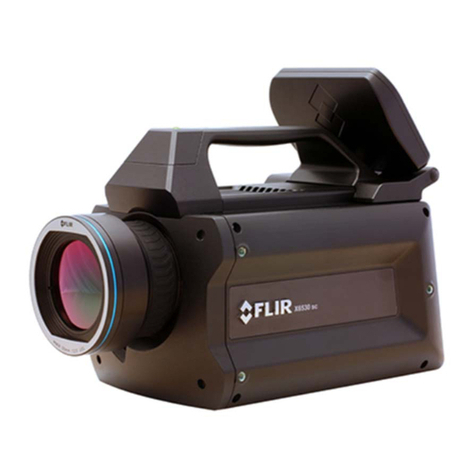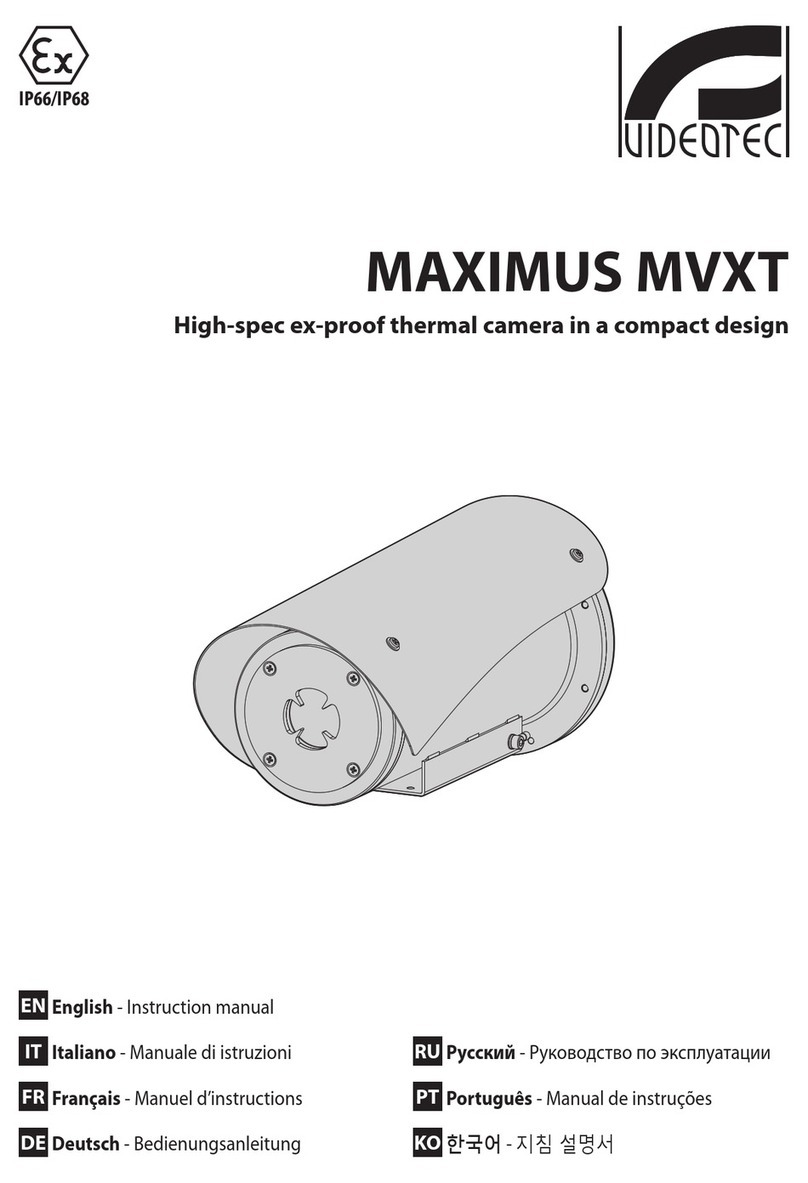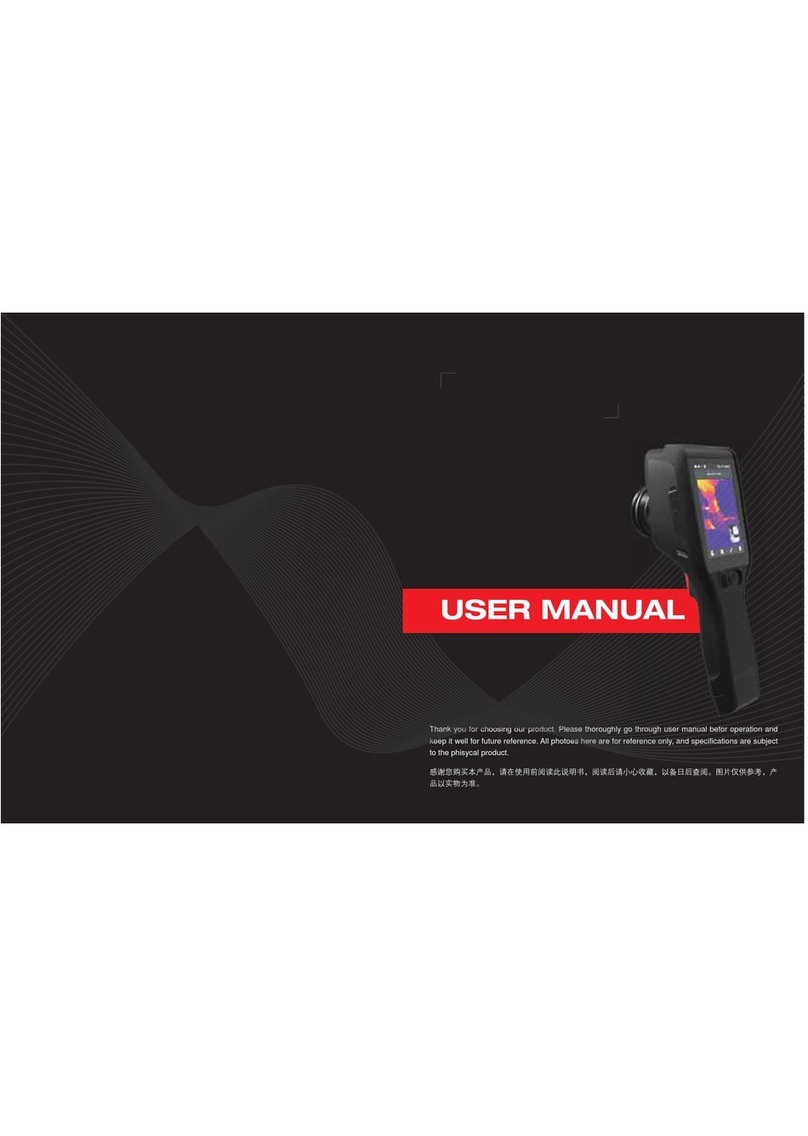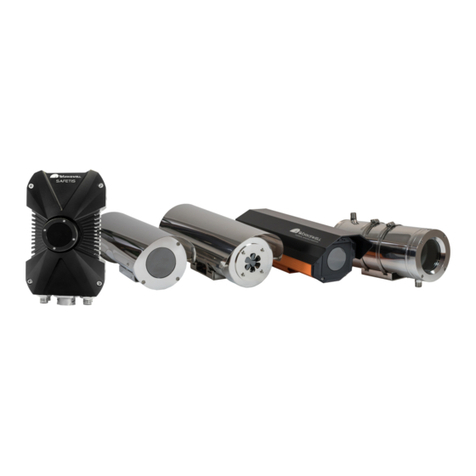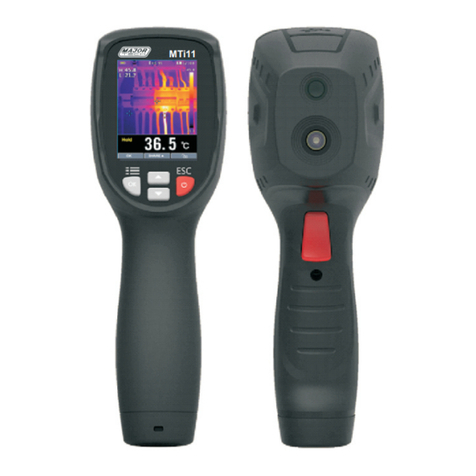
џDo not leave a charger with a battery connected to the mains for more than 24 hours after full charge.
Battery charge status (see table).
џWhen properly installed, the
battery is locked into the slot with
a special clip.
Battery charge from 0% to 10%. Charger not connected to the mains power supply.
Battery charge from 60% to 95%.
Safety measures:
Battery defective. Battery should not be used.
Battery charge from 10% to 20%.
џAfter being stored for a long time, the battery should be partially charged – it should not be fully charged or
completely discharged.
џDo not leave the battery unattended during charging.
џDo not charge the battery immediately after bringing it from the cold into a warm atmosphere. Wait 30–40
minutes for the battery to warm up.
Battery charge from 0% to 10%. Charger connected to the mains power supply.
Battery completely charged. Can be disconnected from the charger.
* The LED indicator displays the current level of charge of the battery for 30 seconds when the APS charger is not
plugged in. When the power is connected, the display shows the current status of the battery constantly, the LEDs
additionally flickering to indicate the battery charging process.
Installation:
LED Indicator * Battery charge status
Battery charge from 20% to 60%.
џWhen charging, always use the
charger supplied with your optical
device. The use of a different
charger may cause irreparable
damage to the battery or the charger and may cause the battery to ignite.
џInsert the battery (10) into the
assigned slot on the device casing
(14), aligning the images on the
instrument and the battery.
џDo not use the charger if it has been modified or damaged.
џThe battery should be charged at a temperature of between 0° C and +45° C, otherwise the battery life will be
significantly reduced.
џTo remove the battery, press the
Battery Release button (9).
џThe battery is equipped with a short circuit protection system. However, situations that may lead to short
circuiting should be avoided.
џDo not subject the battery to shocks or falls.
џWhere the battery is used in below-zero temperatures, capacity will decrease. This is normal and does not
indicate a defect.
џDo not expose the battery to high temperatures or naked flame.
џThe battery is not intended to be immersed in water.
џThe connecting of third-party devices with an energy consumption greater than permissible is not
recommended.
џDo not use the battery in temperatures that exceed those shown in the table – this may shorten battery life.
Store the battery out of the reach of children.
џDo not dismantle or deform the battery.
EXTERNAL POWER SUPPLY
џAttach the external power source to the device's USB connector (8).
џAn icon of a battery will appear on the display showing its charge as a percentage.
Attention! Charging Power Bank APS3 batteries at air temperatures below 0 °C can result in reduced battery life.
When using external power, connect Power Bank to the switched-on riflescope, which have worked for several
minutes.
External power is supplied from an external source, such as a 5V Power Bank.
џIf the device is operated from an external power source and the APS3 battery is not connected, an icon is
displayed .
џWhen the external power supply is disconnected, the device switches to the internal power supply without the
device powering off.
џThe device will switch to operation from the external power source, while the APS3 battery will be gradually
recharged.
OPERATION
џAdjustment of brightness and contract in the display, as well as turning on the smooth digital zoom, are
described in the QUICK ACCESS MENU FUNCTIONS section.
џTurn the device off after use with a long press of the ON button (5).
ATTENTION! The lens of the device must not be pointed at any sources of intense energy, such as laser-emitting
devices or the sun. This may damage the electronic components in the device. Damage caused by failure to
comply with the operating guidelines is not covered under warranty.
џRemove the lens cover (7). Secure the cover to the strap using the magnet built into the cover.
џPower up the device by pressing the ON button (5).
џTo focus on the object being observed, rotate the lens focus ring (6).
џAdjust the resolution of the icons on the display by rotating the dioptre adjustment ring on the eyepiece (1). In
future, it will not be necessary to rotate the eyepiece dioptre adjustment ring, regardless of distance and other
conditions.
Switching on and adjusting the image
CALIBRATING THE SENSOR
Calibration enables the microbolometer temperature background to be equalised and defects in the image
(such as vertical lines, phantom images etc.) to be eliminated.
џSA mode (semi-automatic). Calibration is engaged by a brief press of the ON button (5). The lens cap does not
need to be secured (the sensor is closed by an internal shutter).
џA mode (automatic). The device is calibrated autonomously, in accordance with the software algorithm. The
lens cap does not need to be secured (the sensor is closed by an internal shutter). In this mode, the device may
be calibrated by the user using the ON button (5).
џM mode (manual). Secure the lens cap and briefly press the ON button (5). After completing the calibration
process, remove the lens cap.
Select the required mode in the CALIBRATION section of the menu .
There are three calibration modes: manual (M), semi-automatic (SA) and automatic (A).
DISCRETE DIGITAL ZOOM
The device's functionality offers the possibility of quickly increasing its base multiplicity (see the table of
technical properties in the Digital Zoom line) by a factor of 2 or 4. Adjust the digital zoom accordingly by pressing
the DOWN button (2).
QUICK ACCESS MENU FUNCTIONS
The basic settings (brightness and contrast adjustment, use of the smooth digital zoom function and the
stadiametric rangefinder) are changed via the Quick Access Menu.
џA short press of the Menu button (3) enables you to switch between functions.
џEnter the menu with a short press of the Menu button (3).
3
